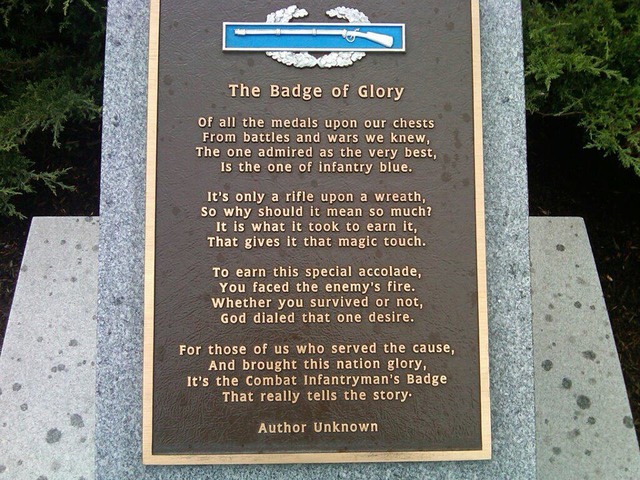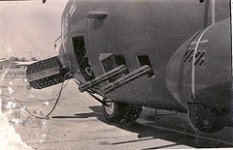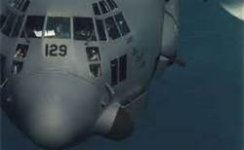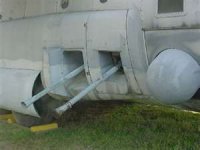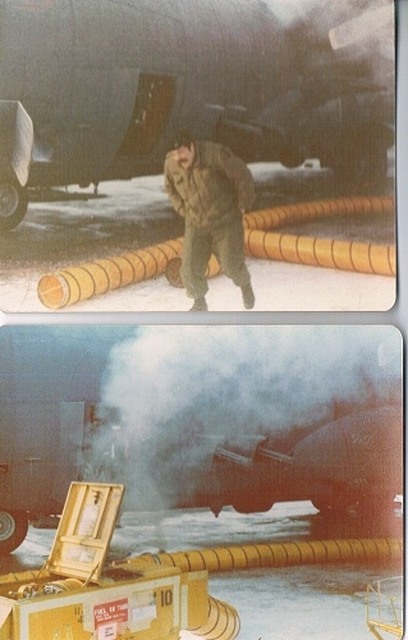Maximus856
New member
Greatly depends on the operation and your specific task within that operation. My primary MOS was 0311, and my secondary was an intel MOS. As such, in my Afg. deployment, I worked on a 3 man team that was tasked out to different line units (eventually just myself and one other later on). Anyway, during one operation we did we were with LAR. We established a patrol base (1st picture) where we didn't have to do much aside from wait for orders to go do our thing. We would bring everything necessary for the whole op, but leave it behind to go do our actual op,usually a week (2nd picture). Here we would take shifts of setting up security. From here we would also go foot mobile, but usually not stray to far for too long for security reasons. With that said, we took the gear necessary to that mission and maybe 2 bottles of water +full load out. In Iraq, about 90% of our ops were leaving from the COP foot mobile, which could be anywhere from 5-20/25 kilometers. Not fun... I would only usually pack one chow, and lots of water in addition to whatever gear we were taking for that night. The heaviest pack I believe I had to carry was about 80-90 lbs in addition to the combat loadout. Lots of 5590s........Ammo wise? Typically, I would carry 8 mags. A double mag pouch on each side, 3 single mag pouches across my plate carrier, and one in the weapon, with the addition of two 9mm mags also on the side and one in the M9. On the truck, we kept about 2,000 7.62 to keep the m240 happy, and lots of other various ammo. That was our main priority, haha.
The Ritz

The Hampton, still had cots! Kept bare essentials on the truck. I'd show the hotel 7, but it would just be a picture of dirt.

The reason I posted these pictures is because it's really about readiness. Technically it was the same op, but depending on what was going on was what we had. We could easily throw our plate carriers on in the second picture and get out of dodge if neccesary. The first picture was on the PB we set up with actual posts, so we could have more. Whenever we'd roll out for a week, we'd throw everything in the trailer and leave. From there we'd leave everything and one guy in the truck and take a small element and leave. It was kind of like layers of comfort/necessity/security depending on what was going on. We did a lot of foot stuff, but to be honest I dont really want to get into how/why. It's not all top secret, but I dont feel comfortable just throwing it out there.
The Ritz

The Hampton, still had cots! Kept bare essentials on the truck. I'd show the hotel 7, but it would just be a picture of dirt.

The reason I posted these pictures is because it's really about readiness. Technically it was the same op, but depending on what was going on was what we had. We could easily throw our plate carriers on in the second picture and get out of dodge if neccesary. The first picture was on the PB we set up with actual posts, so we could have more. Whenever we'd roll out for a week, we'd throw everything in the trailer and leave. From there we'd leave everything and one guy in the truck and take a small element and leave. It was kind of like layers of comfort/necessity/security depending on what was going on. We did a lot of foot stuff, but to be honest I dont really want to get into how/why. It's not all top secret, but I dont feel comfortable just throwing it out there.
Last edited:

